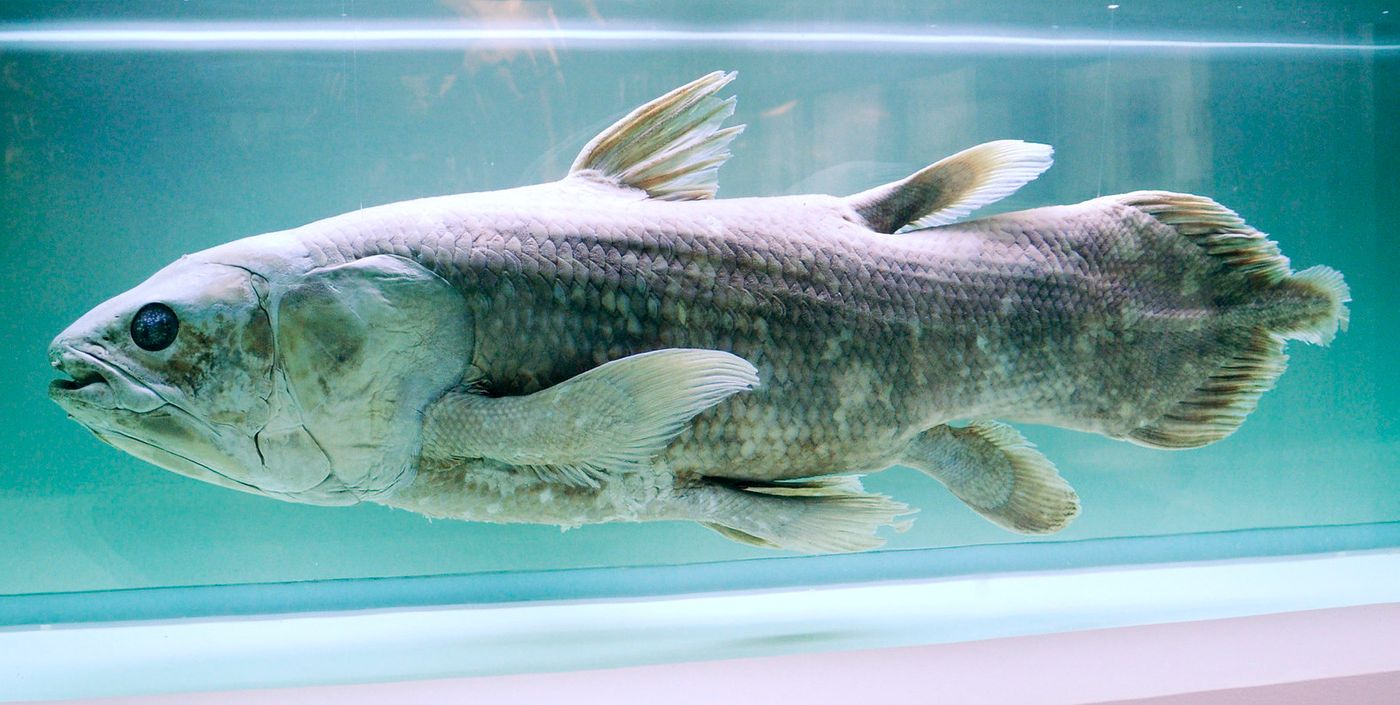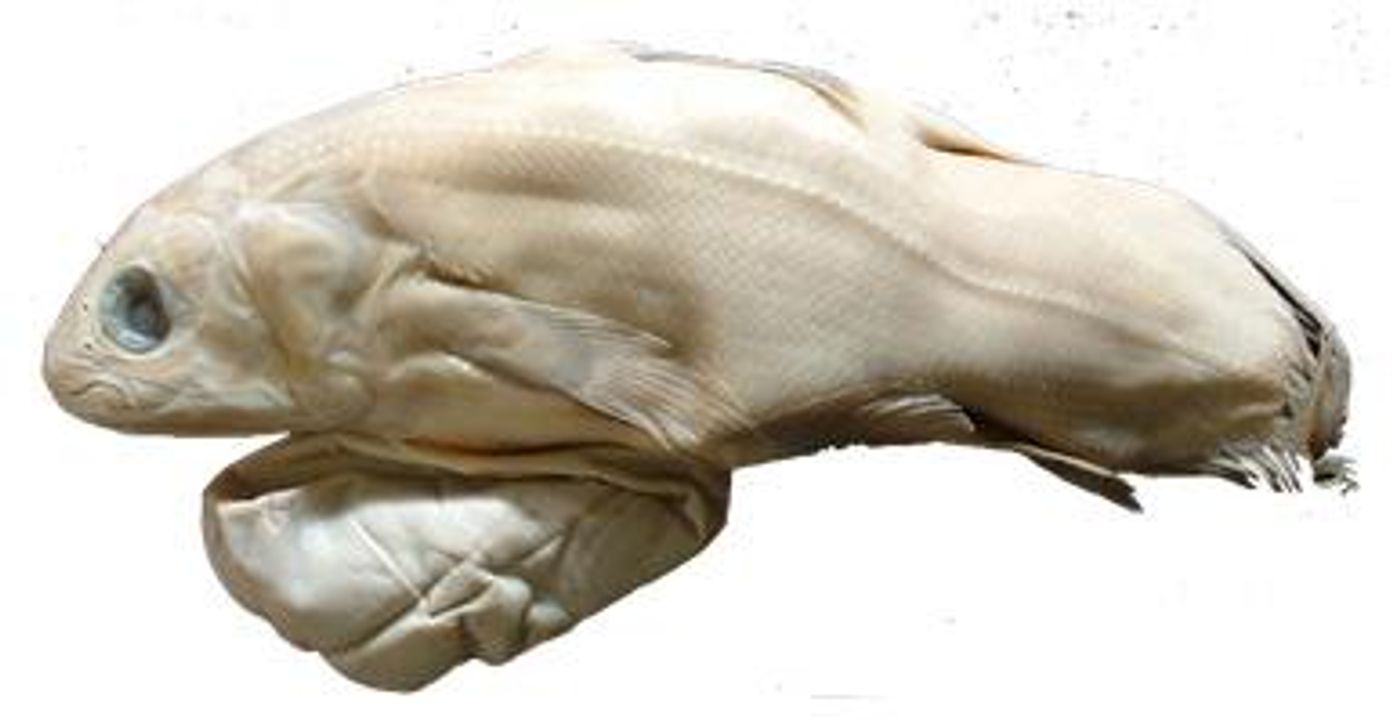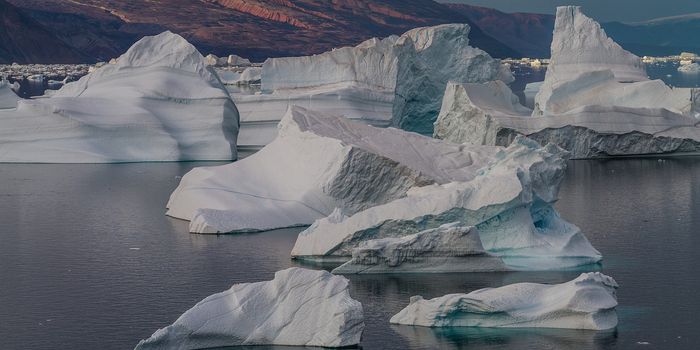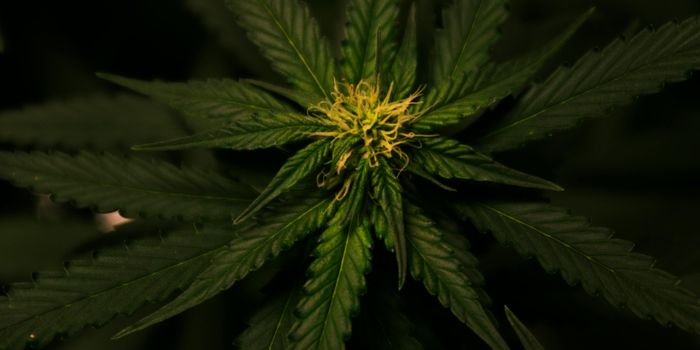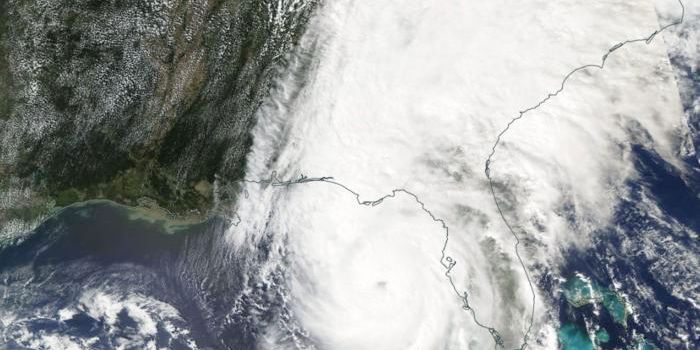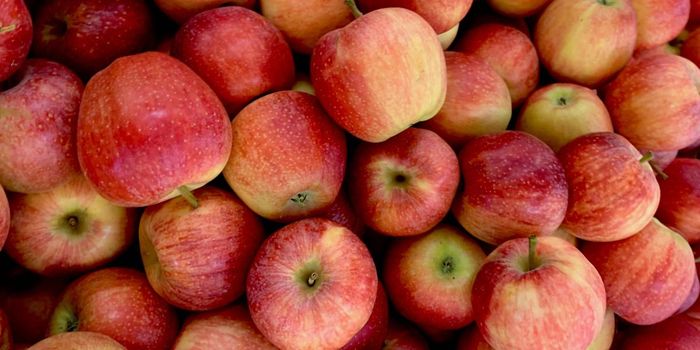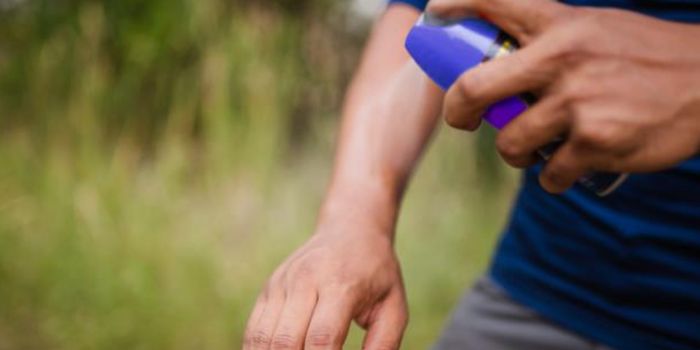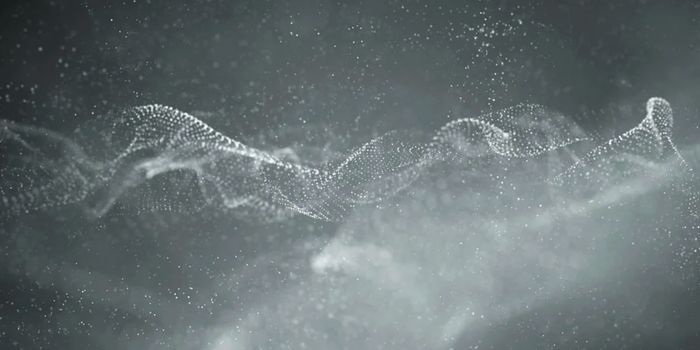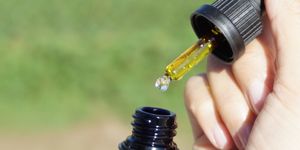The Coelacanth isn't Dead, It's Just a 'Living Fossil'
Coelacanths are humungous, ancient fish that were first discovered in 1938. But they are rare and at one point they were thought to be extinct. Now researchers have found that these massive fish may be able to live for as long as one hundred years. In a new study, scientists were able to analyze several coelacanth specimens, one of which was estimated to be 84 years old at the time it died. The work suggested that the biology and movement of these animals is a bit slow. Incredibly, they aren't mature until about age 55 and their offspring gestate for five years! This report has been published in Current Biology.
"Our most important finding is that the coelacanth's age was underestimated by a factor of five," said Kélig Mahé of IFREMER Channel and North Sea Fisheries Research Unit in Boulogne-sur-mer, France. "Our new age estimation allowed us to reappraise the coelacanth's body growth, which happens to be one of the slowest among marine fish of similar size, as well as other life history traits, showing that the coelacanth's life history is actually one of the slowest of all fish."
Previous work has attempted to gauge the age of coelacanths using growth-ring-like structures called macro-circuli, but the results didn't make much sense - the estimate was only 20 years, which would've made these fish extremely fast growers, among other incongruities.
In this work, Mahé and co-authors were able to utilize a large collection of 27 coelacanth specimens at the French National Museum of Natural History. The animals had been caught off the coats of Comoros between 1953 and 1991. The researchers used techniques like polarized light microscopy to focus on extremely small calcified structures on the fish scales, tinier circuli that were much harder to detect.
"We demonstrated that these circuli were actually annual growth marks, whereas the previously observed macro-circuli were not," Mahé said. "It meant that the maximum longevity of coelacanth was five times longer than previously thought, hence around a century."
They were able to use an analysis of embryos in a kind of validation of this technique; the research suggested the embryos were about five years old. This enabled them to trace that back and estimate of the size of offspring at birth. The study suggested that coelacanth offspring take five years to grow and develop in their mothers before they're born.
"Coelacanth appears to have one of, if not the slowest life histories among marine fish, and close to those of deep-sea sharks and roughies," Mahé suggested.
The African coelacanth is listed as critically endangered. The study authors noted that they had to use indirect methods to gauge how old these animals are because it's simply too unethical to validate the ages directly. To do such validation, scientists would have to catch live animals in the wild, mark them so they could be identified, and then recapture them. Alternatively, they would have to be reared in a laboratory after being first caught at an unknown age. These methods are still less-than-ideal and simply not applicable.
This work could help us learn how to help conserve and preserve this unusual animal. The scientists now want to learn more about how global warming might impact the coelacanth.
"Long-lived species characterized by slow life history and relatively low fecundity are known to be extremely vulnerable to perturbations of a natural or anthropic nature due to their very low replacement rate," Mahé said. "Our results thus suggest that it may be even more threatened than expected due to its peculiar life history. Consequently, these new pieces of information on coelacanths' biology and life history are essential to the conservation and management of this species."
Sources: AAAS/Eurekalert! via Cell Press, Current Biology
